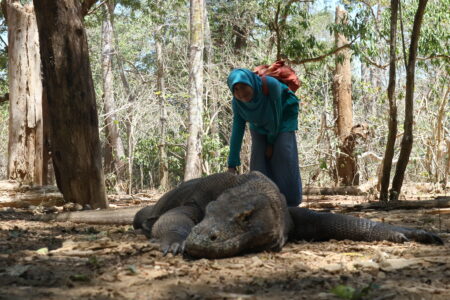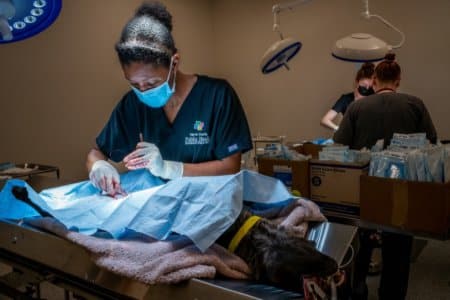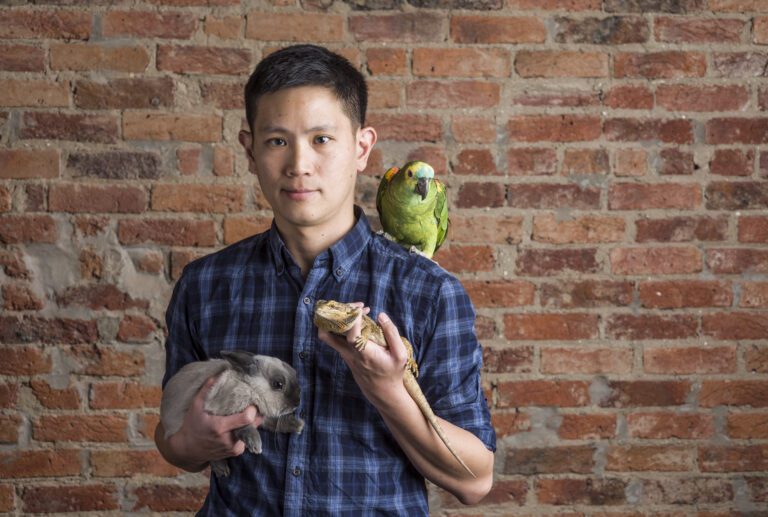
The world can’t exist without birds.
Aside from dealing with pests, they help pollinate plants and spread seeds — a considerable amount too, as 5% of the plants humans use for food and medicine are pollinated by birds. Plus, they’ve inspired significant strides in science, like aeroplanes and Japan’s 500 series Shinkansen train.
Acknowledging their importance, Shangzhe Xie, a Singaporean veterinarian, has dedicated his life to helping pave a safer and brighter future for them.
“A bird is not a bird; each avian species is different,” says Shangzhe. “It’s crucial to better understand them and help them scientifically.”

Shangzhe is interested in surgery, pharmacology, and physiology in a wide range of species, as well as utilising innovative solutions to treat diseases that have traditionally been difficult to resolve. Source: Shangzhe Xie
‘No veterinary science degrees available in Singapore’
Shangzhe’s dream of a veterinary science career goes as far back as he can remember. “During my schooling days, it even came to a point where I was choosing subjects I needed to become a veterinarian,” he shares.
But it wasn’t easy to get into a veterinary science programme in his home country. Back then — and even now — no Singaporean higher education institutions offered such a degree.
The closest you could get to one was Temasek Polytechnic‘s diploma in veterinary technology, allowing you to become a veterinary technician who supports vets in their daily tasks — one step short of becoming an actual vet.
This might be strange, considering the country’s shortage of professionals who can treat the injuries and illnesses of pets and other animals.
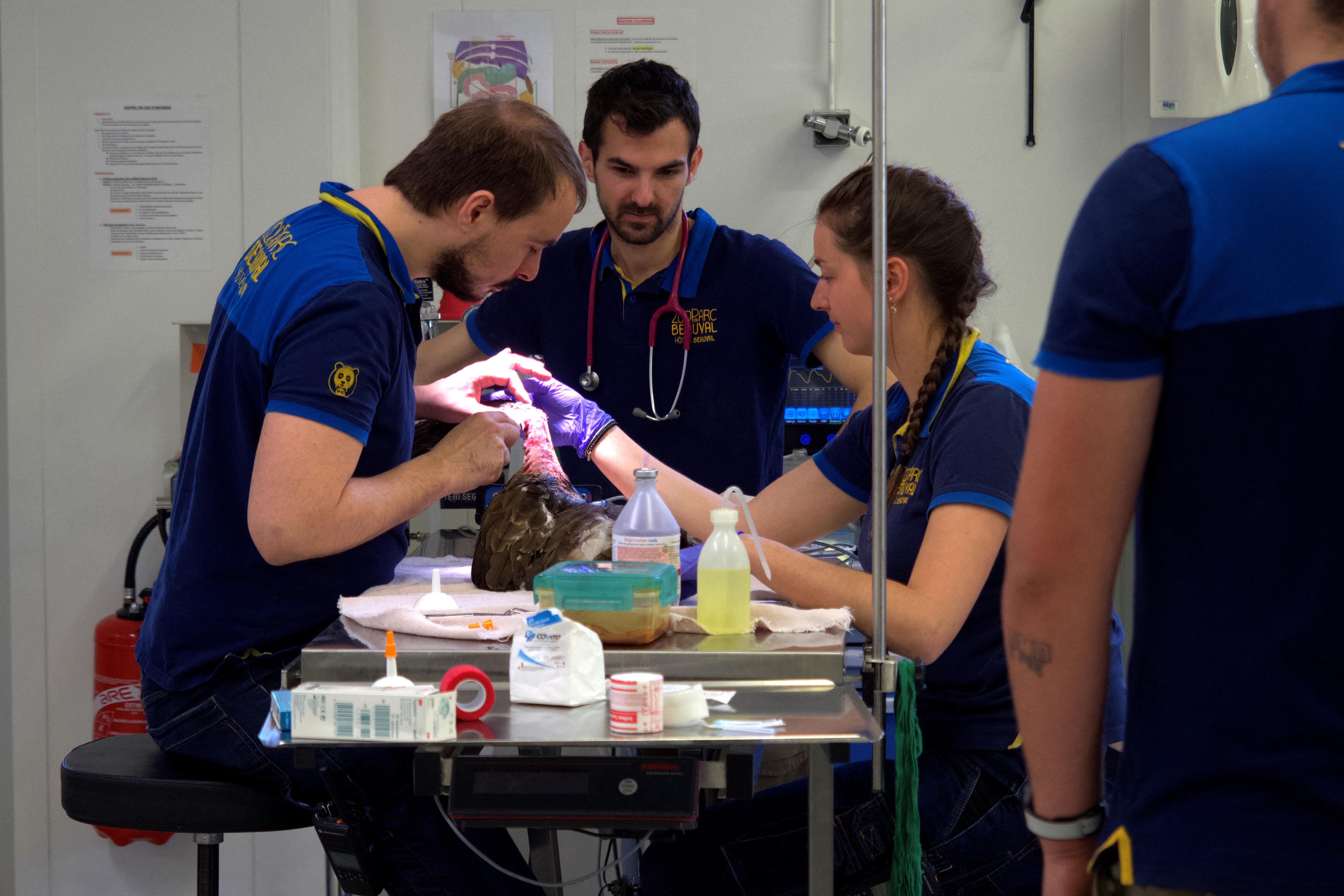
The turnover rate for veterinarians is higher than that for physicians, according to the American Veterinary Medical Association. Dissatisfaction with working conditions could motivate veterinarians to leave. Source: AFP
Because there are so few vets, clinics have reportedly raised fees by 20% to meet demands and soaring costs.
Yet, it’s still not enough to create a dedicated programme to train licensed vets as the country has historically had a low demand for this field.
In fact, as of May 2023, Singapore only reported a little under 550 licensed vets in the country, according to the National Parks Board. Compared to Atlanta, in Georgia, US, there are an estimated 1,270 licensed vets, despite the city being the same size as Singapore.
Ultimately, the lack of veterinary science programmes in the country means that any Singaporean who wants to earn their license will have to seek it abroad — which is what Shangzhe did in Australia, a place which has long been considered one of the best countries to pursue degrees related to wildlife conservation and veterinary science.
Shangzhe pursued a BSc in Veterinary Medicine and Surgery at Murdoch University. He later completed a Master of Veterinary Studies in Conservation Medicine at the same university.
“Murdoch is a relatively young university in Australia, making most of their facilities newer, but it was in a rural part of Perth,” shares Shangzhe. “Veterinary students benefit from this as they have a farm on campus. It was great to have everything in one place.”
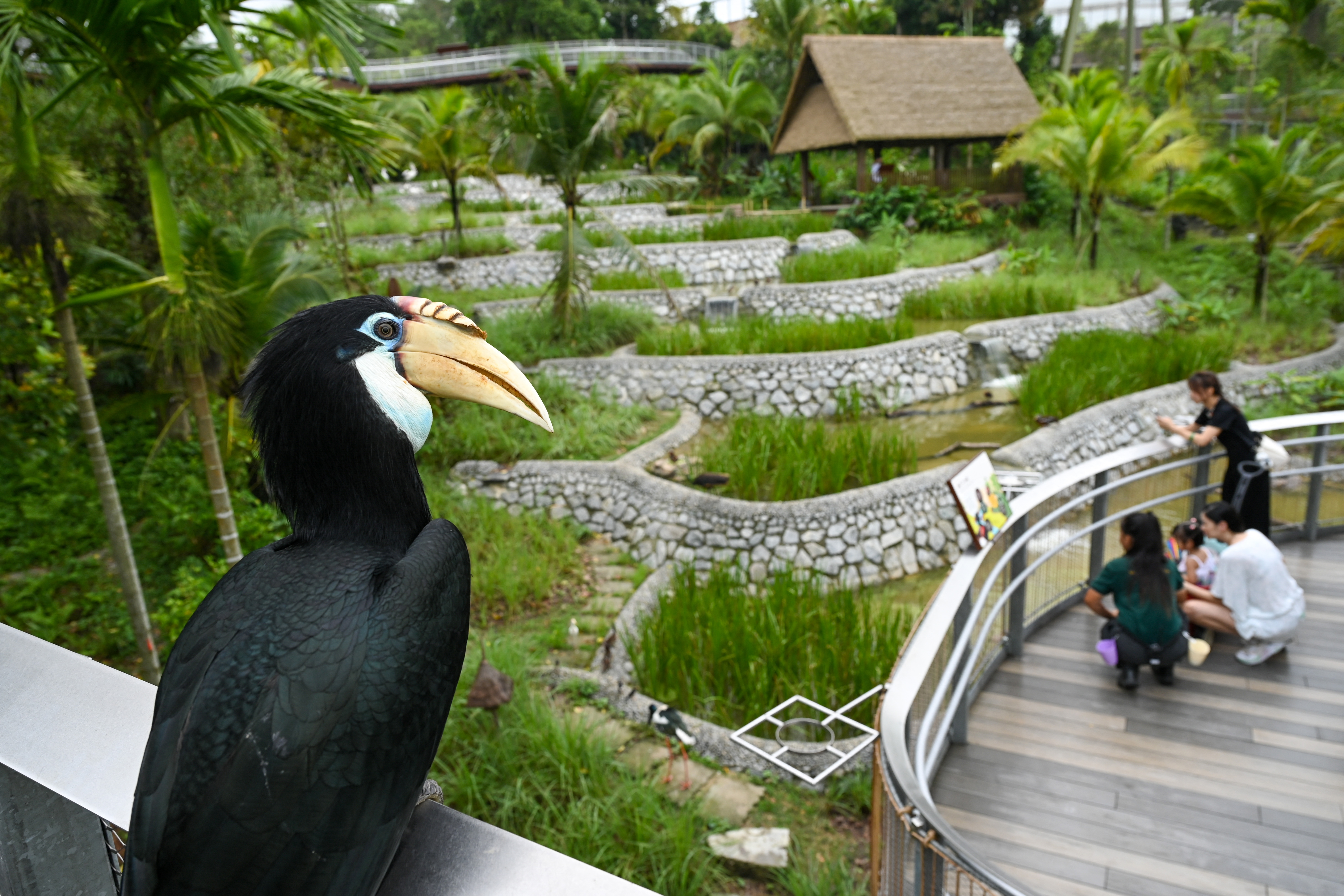
Forty-nine percent of bird species are declining globally, and one in eight of all bird species are threatened with global extinction. Source: AFP
How to build a better future for our avian friends
After graduating from Murdoch, Shangzhe moved to Illinois, US, to work as an associate veterinarian. Two years later, he returned to Australia to pursue a PhD in Veterinary Science at the University of Adelaide.
“In the early days of my career as a vet, it was just helping sick animals and their owners — hoping they are both well and happy,” says Shangzhe. “But I wanted to look at things from a bigger picture, and the only way I could do it was through a PhD.”
His interests were specifically in birds threatened by climate change. During his PhD, Shangzhe studied the physiology and pathology of heat stress in Australian desert birds.
Shangzhe explains, “Birds are not the same. A parrot is a parrot, a pigeon is a pigeon, and an eagle is an eagle. They’re not the same; they’re different species, and they have different needs. Some may think anything with wings and two legs is categorised under birds, but they’re wrong.”
There are about 900 bird species found in Australia, with 45% being endemic or unique to the country, the Australian Department of the Environment, Water, Heritage, and the Arts reports.
Of the 900 species, 50 are threatened — specifically by Australia’s dry climate, which includes increased temperature, droughts and heatwaves.
As Shangzhe mentioned, all birds are different, meaning how they deal with and survive the country’s dry climate is different.
Over time, his PhD helped him understand avian animals and hone his histopathology (the study of changes in tissues caused by disease) and molecular genetics skills, which are not often required in general veterinary science practice.
With these skills, Shangzhe is able to apply these understandings to his job back home in Singapore as Vice President of Veterinary Healthcare at Mandai Wildlife Reserve, a unique wildlife and nature destination in Singapore home to world-renowned wildlife parks.

Shangzhe performing surgery on a great hornbill. Source: Shangzhe Xie
The role innovation plays in the career of a bird expert
“Most of the time, we’re forced to innovate because no one makes products or medication for every species we must manage,” says Shangzhe.
The lack of equipment is standard in veterinary science, especially for specific species.
“We have small lizards about five to 10 grams in weight, and we have elephants that weigh tons. No one makes equipment for all our animals at Mandai Wildlife Reserve. This is where we have to adapt,” says Shangzhe.
And adapt is what they do.
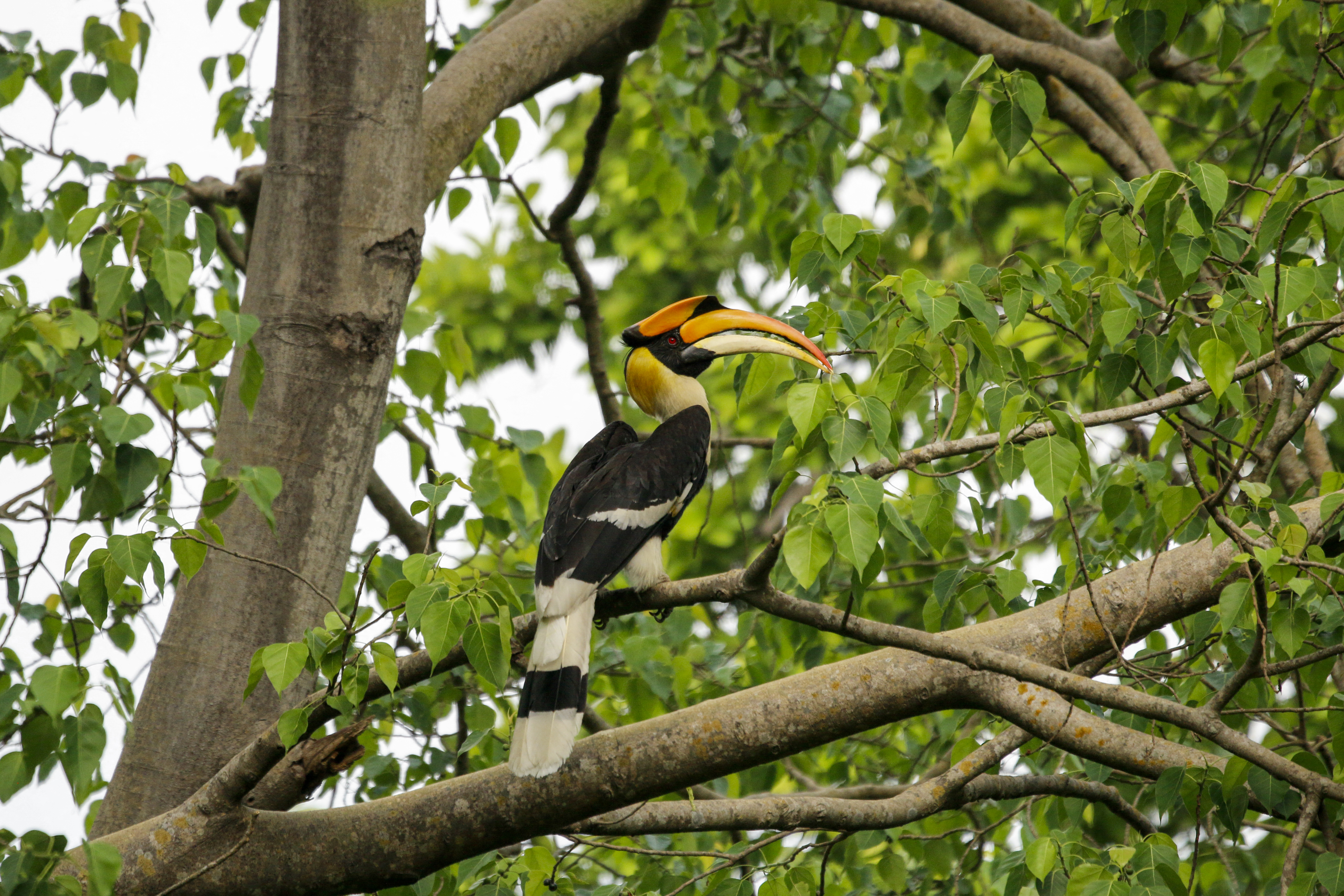
The prominent structure on top of a hornbill’s beak is known as a casque, which is French for “helmet.” Source: AFP
In 2019, Shangzhe and his team at Mandai Wildlife Reserve had to perform casque resection surgery and 3D-printed casque prosthesis placement in a great hornbill with casque cancer. The surgery required them to remove a cancer lump, but it would have left a massive hole in the great hornbill’s head.
In the past, veterinarians would use whatever they could find to cover the hole, but it often led to the hornbill’s head becoming too heavy and not allowing it to use its beak properly.
Shangzhe’s solution to that? 3D printing.
This method had been something Shangzhe had explored for years, and with modern-day technological advancements, 3D printing’s lightweight material looked like it would answer all their problems.
“We took a CT scan of the hornbill and sent the images to a team that we were working with at the National University of Singapore so they could design a cover for the hole. It worked,” shares Shangzhe. “With this discovery, we achieved a ‘cure’ for this hornbill.”
Today, the great hornbill is cancer-free, and Shangzhe is now consulting others on similar cases worldwide, such as the Bronx Zoo, one of the largest zoos in the US by area.
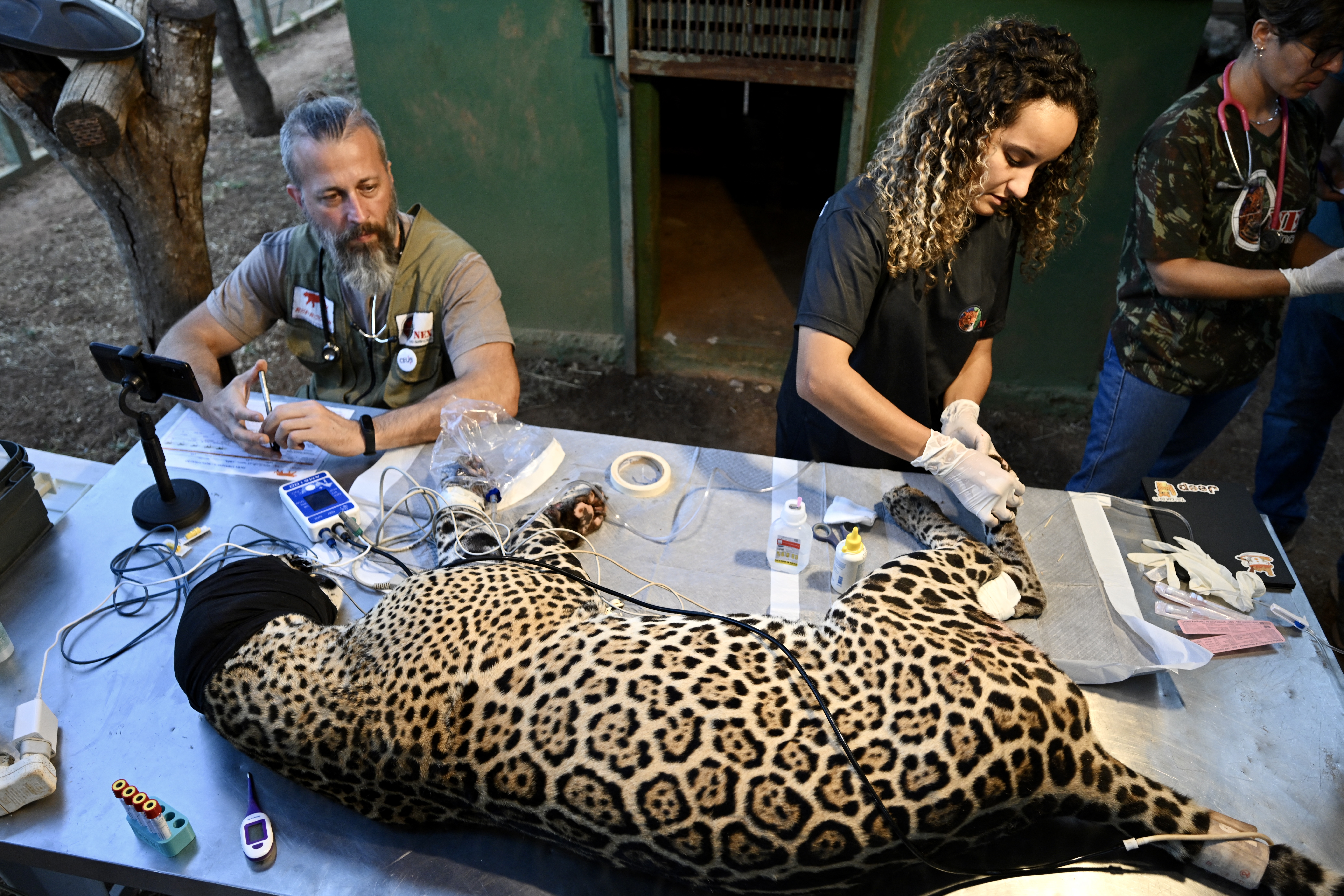
A study by Merck Animal Health found that while veterinarians rated their job satisfaction highly, 92% showed concerns about high stress levels, and 91% felt anxious about student debt. Source: AFP
Advice from one experienced veterinarian to an aspiring one
For Singaporeans dreaming of becoming a veterinarian, your only option is to pursue your studies abroad. Study International has previously covered the cheapest universities that offer a veterinary science degree, and you can check it out here.
But if you aren’t able to do that, that does not mean you should give up on your dream — there are many ways for you to contribute to this field and work with animals.
“There’s more to wildlife conservation than just becoming a vet,” says Shangzhe. “Some other degrees and jobs will still allow you to work in this industry,” Shangzhe shares.
You can pursue a degree in wildlife conservation to become a conservation scientist, environment consultant, park ranger, wildlife rehabilitation specialist, or environmental educator.
“I’ve seen several people working in a similar environment and later going to vet school when their circumstances become better,” says Shangzhe. “They started working in a vet clinic as a vet nurse or a zoo, and later on, they move abroad to complete a veterinary science degree.”
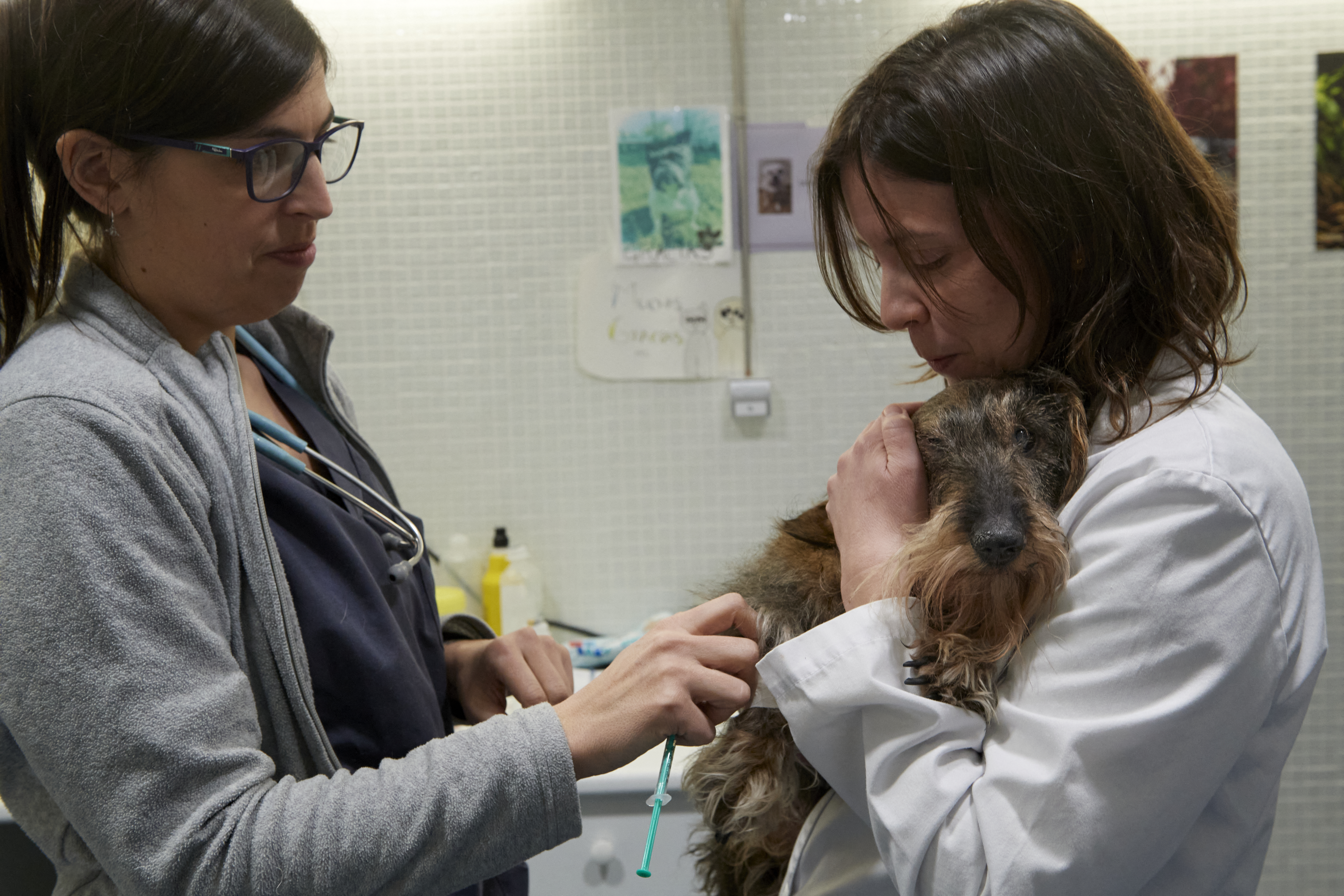
Dogs are the most frequently seen patients, followed by cats. Source: AFP
And, like most jobs, you’ll want to find something to keep you going despite the trials and tribulations that come your way.
“As a vet, you often work with animals close to their deathbed,” says Shangzhe. “It isn’t all as glamorous as they portray it. You’ll have to be continuously concerned about wildlife and open to learning. It’s the most important part of your journey.”
His last word of advice for aspiring veterinarians? Never lose love for animals, and never be tired of solving problems — especially through the use of scientific, evidence-based methods.
“It is easy to defer to non-scientific methods that claim to provide quick or cheap diagnoses and hail-mary treatments that work on the odd case but are otherwise non-replicable,” says Shangzhe. “The scientific method has worked consistently, and while it cannot solve every problem, it is the one method that will stand the test of time.”








